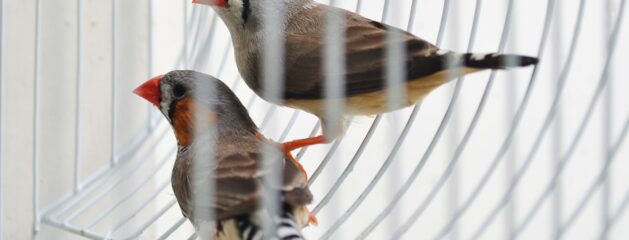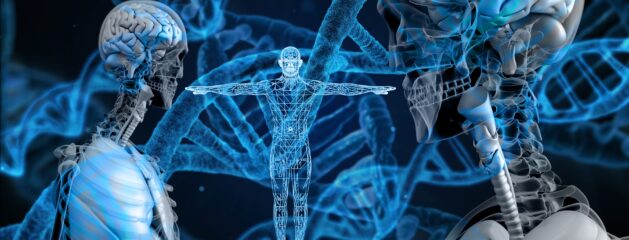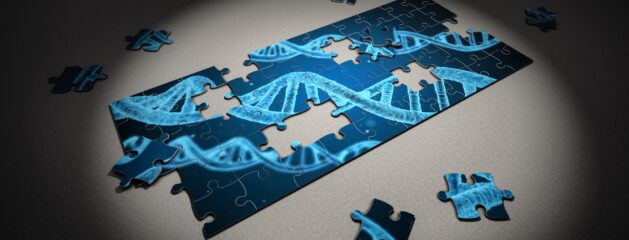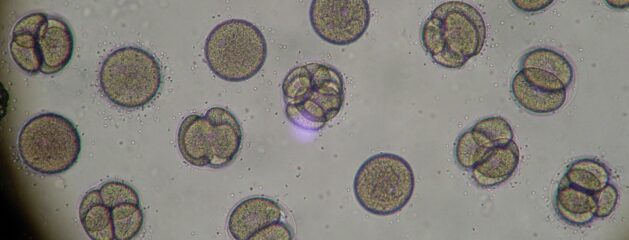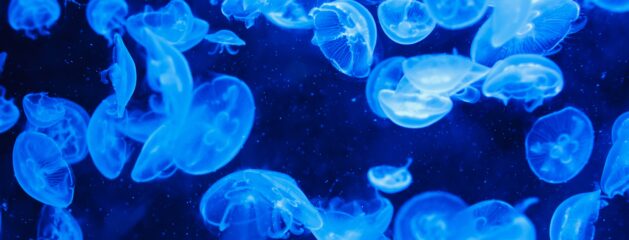“Mutations happen. This is a given fact. Species change. This is also a given fact. Yet, none of this explains the origin of life, the complexity of life, etc. In other words, ‘change over time’ is fully part of the creation model. While it is true that ‘change’ is necessary for evolution, simple change is not enough. They need enough change over enough time to explain the common ancestry of all life. Yet, there is no mechanism to produce the vast amount of new...
Read MoreStill Not Enough…
